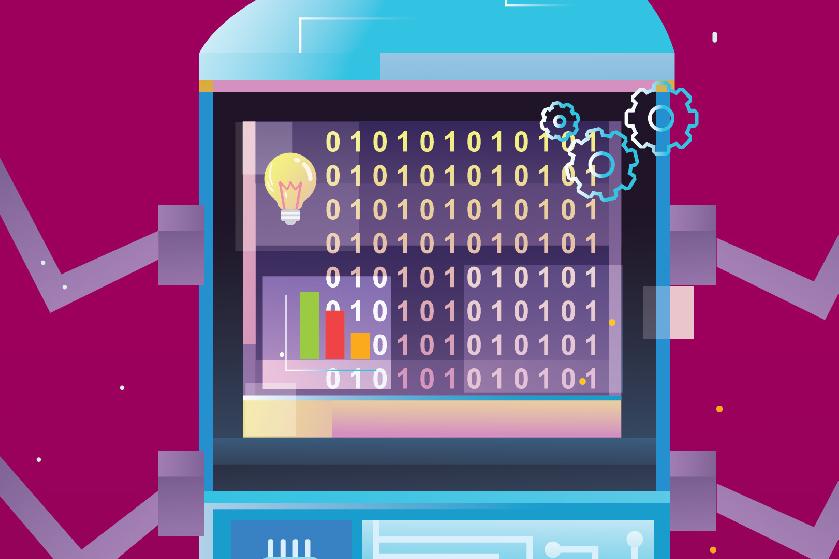
On the Utility of Blockchain in 6G Communication Systems
Blockchain is a technology that has gained considerable attention in recent years due to its superior privacy & confidentiality, data integrity, non-repudiation, and auditability features. In a blockchain, cryptography and hash-functions are used to form a chain of data blocks. Every block contains information about its parent block and in this way all the blocks in the chain are intricately linked together all the way back to the genesis block. A new data block is only added to the blockchain after a thorough but resource-intensive consensus and verification process that is achieved by a decentralized set of peer-to-peer (P2P) nodes. Blockchain enables an automated trustless environment in the network where nodes can interact with each other without the help of trusted third parties to resolve their disputes.
In this thesis, we discuss the utility of blockchain in 6G applications. We divide 6G application requirements into two broad categories. In the first category, called Requirement Group I (RG-I), we include the performance-related needs on data rates, latency, reliability, and massive connectivity. In the second category, called Requirement Group II (RG-II), we include all the security-related needs on privacy & confidentiality, data integrity, non repudiability, and auditability. We show that blockchain can provide various resource management (spectrum, infrastructure & asset, computing power & data storage) and artificial intelligence (AI) management solutions in 6G systems that can indirectly help in achieving RG-I. RG-II has not remained a native feature of any of the previous generation of communication systems. We show that blockchain also has the desired features to fulfil RG-II requirements. Furthermore, we demonstrate the use of blockchain in LS-CAS application and perform a detailed latency analysis of delegated Proof-of-Stake (dPoS) consensus algorithm. Through this analysis and simulations, we highlight a perfect synergy between blockchain and 6G in the rapid detection of malicious activities. 6G systems with embedded blockchain technologies can therefore bring both speed and security advantages in applications where large amount of data is autonomously generated.
As 5G is maturing, the wireless communication research community is turning its attention to 6G communication systems. 6G is still in its infancy and there is no clear picture of what it will eventually look like. However, some of the major 6G driving applications include large-scale connected autonomous systems (LS-CAS), human bond communication (HBC), multi-sensory extended reality experiences (XR), wearable technology (W-Tech) based futuristic applications, and greater support for several vertical industries. It is important to note that the nature of data collected by several 6G applications such as LS-CAS, HBC, and W-Tech will be increasingly intimate, private, and confidential. Most of the data will also be generated through autonomous interactions between various machines. The successful adoption of 6G applications by the users would require strict data security and privacy guarantees.
Blockchain is a technology that has gained considerable attention in recent years due to its superior privacy & confidentiality, data integrity, non-repudiation, and auditability features. In a blockchain, cryptography and hash-functions are used to form a chain of data blocks. Every block contains information about its parent block and in this way all the blocks in the chain are intricately linked together all the way back to the genesis block. A new data block is only added to the blockchain after a thorough but resource-intensive consensus and verification process that is achieved by a decentralized set of peer-to-peer (P2P) nodes. Blockchain enables an automated trustless environment in the network where nodes can interact with each other without the help of trusted third parties to resolve their disputes.
In this thesis, we discuss the utility of blockchain in 6G applications. We divide 6G application requirements into two broad categories. In the first category, called Requirement Group I (RG-I), we include the performance-related needs on data rates, latency, reliability, and massive connectivity. In the second category, called Requirement Group II (RG-II), we include all the security-related needs on privacy & confidentiality, data integrity, non repudiability, and auditability. We show that blockchain can provide various resource management (spectrum, infrastructure & asset, computing power & data storage) and artificial intelligence (AI) management solutions in 6G systems that can indirectly help in achieving RG-I. RG-II has not remained a native feature of any of the previous generation of communication systems. We show that blockchain also has the desired features to fulfil RG-II requirements. Furthermore, we demonstrate the use of blockchain in LS-CAS application and perform a detailed latency analysis of delegated Proof-of-Stake (dPoS) consensus algorithm. Through this analysis and simulations, we highlight a perfect synergy between blockchain and 6G in the rapid detection of malicious activities. 6G systems with embedded blockchain technologies can therefore bring both speed and security advantages in applications where large amount of data is autonomously generated.

